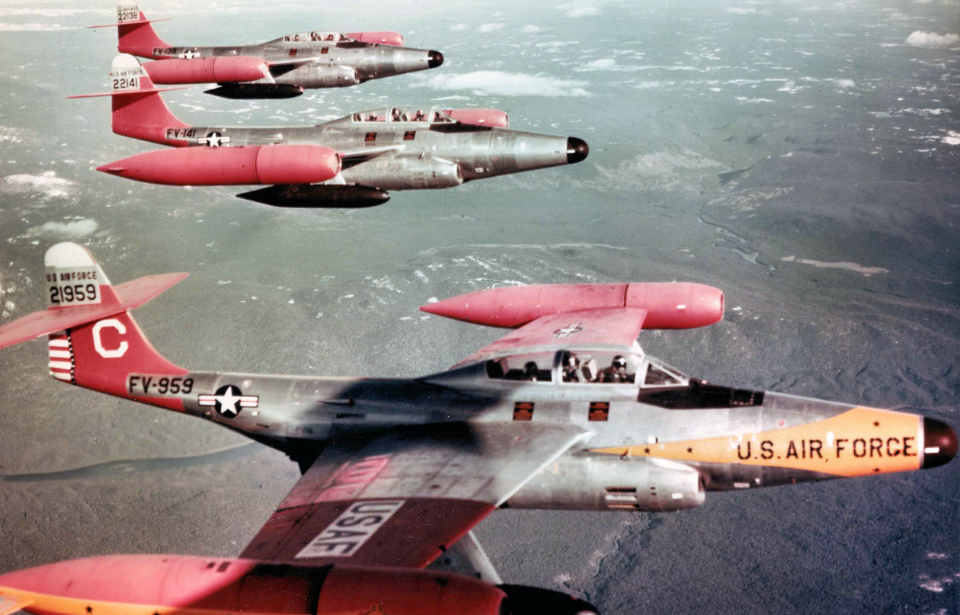During the Cold War, the US Air Force was in need of a new interceptor aircraft to combat Soviet bombers. The Northrop F-89 Scorpion was the answer, and a modified version became the first and only aircraft to fly and detonate a nuclear-tipped rocket. The power and danger of nuclear weapons became understood with time, meaning just one of the F-89J’s nuclear rockets was ever detonated.
Development of the Northrop F-89 Scorpion
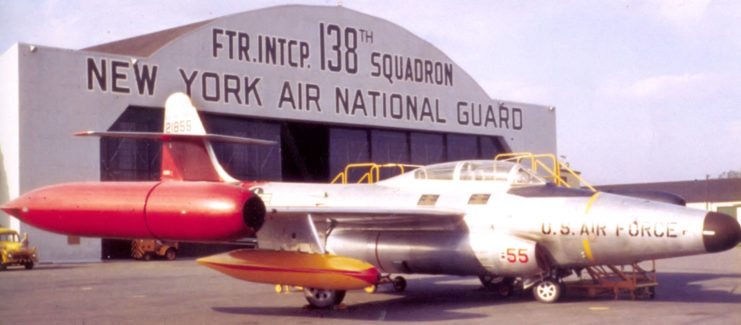
The Northrop F-89 Scorpion was designed as an all-weather, two-seater, jet-powered fighter-type interceptor aircraft. It was developed for use by the US Air Force as a night fighter, to replace the propellor-driven Northrop P-61 Black Widow and the North American P-82 Twin Mustang. The F-89 was commissioned in 1945, and the first prototype, the XP-89, flew in 1948. By September 1950, the aircraft was officially introduced as the Air Force’s newest dedicated interceptor.
The F-89 was fitted to house a radar operator in the rear seat to help the pilot locate, intercept and destroy enemy aircraft. The aircraft had a cruising speed of 465 MPH and a maximum speed of 627 MPH, with a range of 1,600 miles. With a wingspan of over 59 feet, the F-89 was an impressive interceptor that offered a lot of promise, and Northrop built 1,050.
Modifications to create the Northrop F-89J Scorpion
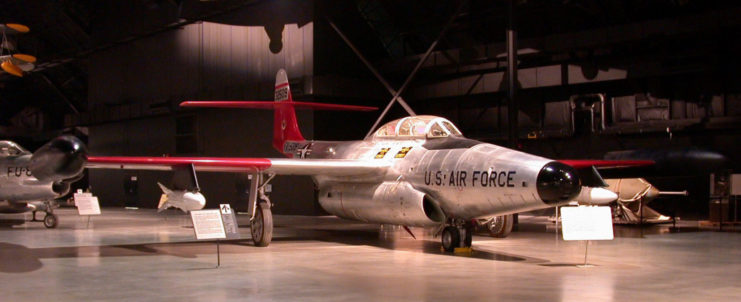
Multiple variations of the F-89 were developed during its years of production. Models -B through -D were built, while -E through -G were paper studies only. Aircraft production of the F-89H variant sported redesigned wingtip pods, but it was the F-89D that became the major production model, with 682 built.
Operation Plumbbob
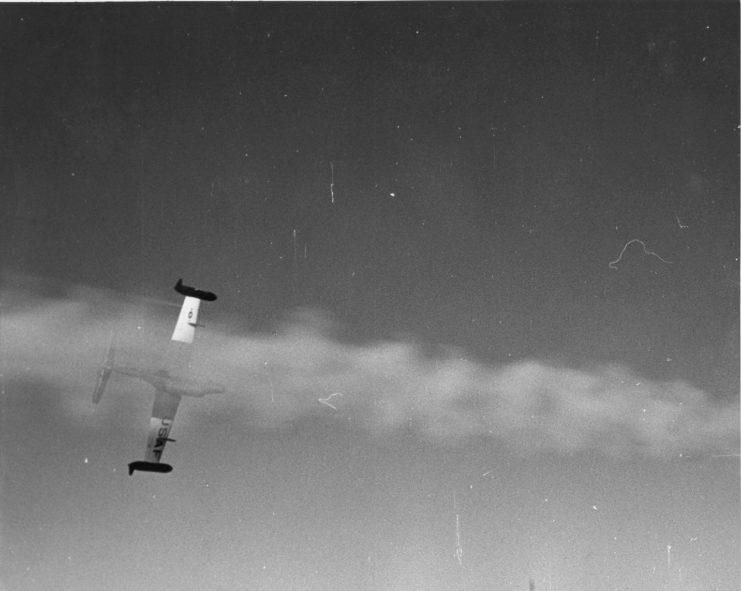
From May to October 1957, the US conducted a series of nuclear tests at the Nevada Test Site. Dubbed Operation Plumbbob, it featured 29 explosions (27 of which produced a nuclear yield) and contributed to the development of warheads for intermediate and intercontinental range missiles, as well as those used for anti-submarine and air defense purposes.
An MB-1 Genie rocket was never detonated again
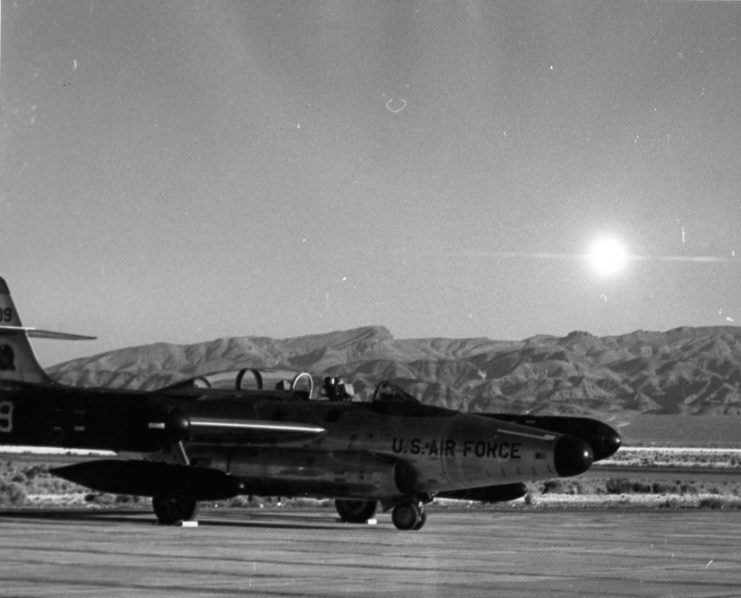
The nuclear bombings of Hiroshima and Nagasaki proved it only took one nuclear weapon to decimate an entire city. The destruction was unimaginable, and the after-effects of the nuclear radiation plagued survivors.
